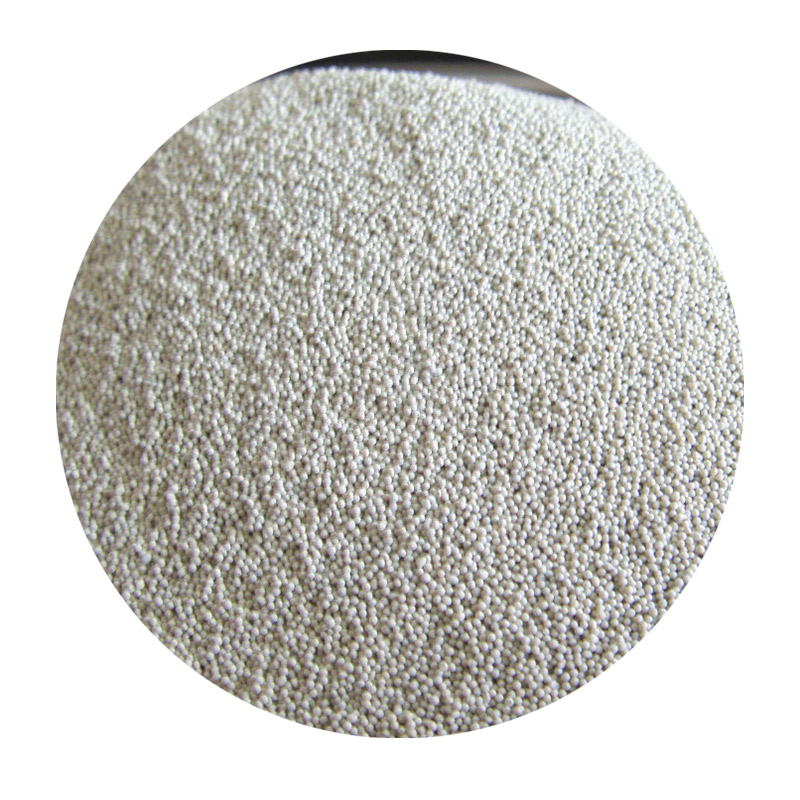The Art and Science of Sanding Resin A Comprehensive Guide
Sanding resin is a critical process in the realm of woodworking, crafting, and various types of art. Whether you are working with epoxies, polyester resins, or natural resins, understanding the sanding techniques can dramatically affect the final outcome of your project. This article will delve into why sanding resin is essential, the best practices for achieving a flawless finish, and the tools required for success.
Understanding Resin
Resin comes in different forms and is used for a multitude of purposes ranging from creating jewelry to furniture finishes. It is a versatile material known for its durability and aesthetic appeal. However, once the resin has cured, it often requires sanding to achieve a smooth surface. This step is crucial, particularly if you're looking to paint, stain, or polish the resin.
Why Sanding is Important
Sanding resin helps remove imperfections, such as bubbles and uneven surfaces. It prepares the resin for further finishing processes, ensuring that whatever coating or paint applied afterward adheres properly. Additionally, it allows for a smoother surface that enhances both the look and feel of the final product.
Best Practices for Sanding Resin
1. Wait for Curing Before you begin sanding, ensure the resin is completely cured. Curing times can vary; typically, epoxy resins will take about 24 hours to cure fully, while other types may take longer. Refer to the manufacturer's guidelines.
2. Begin with Coarse Grit Start sanding with a coarse grit sandpaper, like 80 or 100 grit. This grit is effective in removing large imperfections and shaping the resin. Move your sandpaper back and forth, applying even pressure for consistent results.
sanding resin

3. Progress to Finer Grits After the initial sanding, gradually move to finer grits (220, 320, up to 600 grit). This step smoothens the surface, and using progressively finer grits will help refine the finish.
4. Wet Sanding For an even smoother surface, consider wet sanding. This technique involves using water with fine grit sandpaper, typically starting around 400 grit. Wet sanding minimizes dust and helps achieve a glass-like finish.
5. Cleaning the Surface After sanding, always clean the surface to remove dust and debris. A microfiber cloth or air compressor can be used to eliminate particles that may interfere with subsequent painting or finishing.
6. Final Touches If you want a high-gloss finish, you can use a polishing compound after sanding. Polishing can enhance the clarity and shine of the resin surface, giving it an extra touch of professionalism.
Tools for Sanding Resin
The tools you choose can significantly impact the quality of your sanding. Essential items include
- Sandpaper Available in various grits, choose a range based on your project's needs. - Orbital or Detail Sanders These power tools can help speed up the process and provide a more uniform finish. - Dust Mask and Eye Protection Safety is paramount when sanding resin; always wear protective gear to guard against dust inhalation and eye injury.
Conclusion
Sanding resin is an art that combines technique, patience, and the right tools. By following best practices, you can ensure a high-quality finish that elevates your project. Whether you're a hobbyist or a professional, mastering the art of sanding resin will enhance your ability to create stunning pieces that stand the test of time. Winged with proper knowledge and techniques, you're ready to turn your resin projects into works of art.
Post time:ጥቅም . 10, 2024 16:02
Next:sand casting companies
